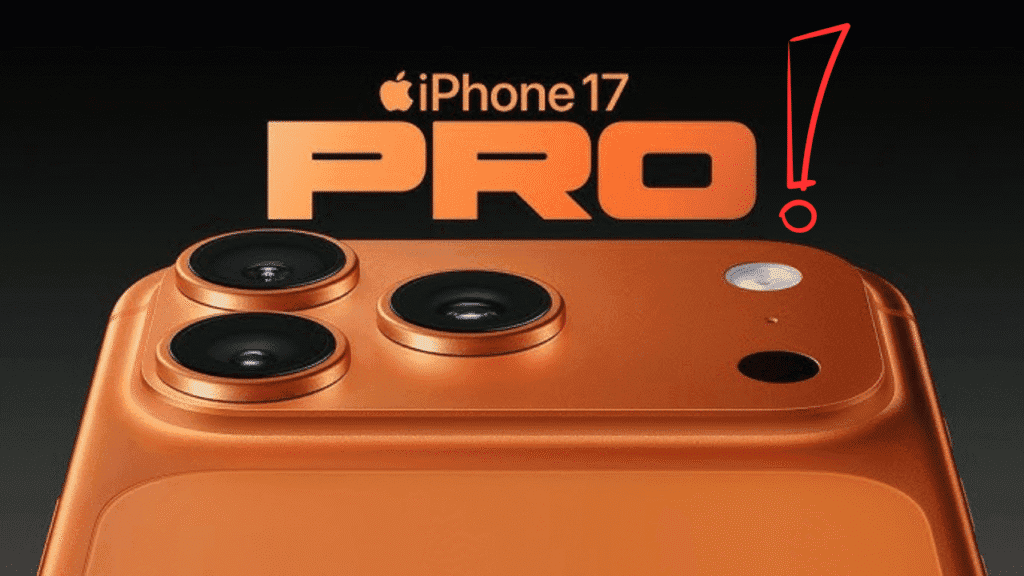Introduction
What if you could whisper a wild idea into an AI and watch it unfold as a hyper-realistic video, complete with synchronized dialogue and physics-defying stunts? Sora 2, OpenAI’s groundbreaking video generation model, launched on September 30, 2025, turns that dream into reality—elevating from its 2024 predecessor with sharper realism, accurate physics, and a TikTok-style app for seamless creation and sharing. As of October 1, 2025, with invite codes flying on eBay and early users raving about “Cambrian explosion” creativity, this guide unpacks the tech, features, risks, and why Sora 2 could redefine storytelling forever.

Table of Contents
- What is Sora 2?
- Key Improvements Over Sora 1
- The Sora App: TikTok Meets AI Magic
- How Sora 2 Works: Under the Hood
- Real-World Examples and Capabilities
- Risks and Safeguards
- Access and Availability
- Pricing and Invite System
- Sam Altman’s Vision and Quotes
- Fan and Expert Reactions
- Frequently Asked Questions (Q&A)
- Summary
What is Sora 2?
Sora 2 is OpenAI’s state-of-the-art text-to-video and audio generation model, succeeding the original Sora from February 2024. It excels at creating high-fidelity videos from simple prompts, incorporating realistic physics, synchronized sound, and controllable elements like character cameos. Unlike static image AIs, Sora 2 simulates dynamic worlds—think Olympic routines or cat-backflips on paddleboards—with minimal “deformations” that plagued earlier models.
Launched alongside the Sora app (iOS-only, US/Canada rollout), it blends video creation with social sharing, resembling TikTok but entirely AI-generated. OpenAI’s blog hails it as a “step toward models that can more accurately simulate the physical world,” with initial free access limited by compute quotas.
Key Improvements Over Sora 1
Sora 2 addresses Sora 1’s limitations head-on, delivering “exceptionally difficult” feats:
- Physics Accuracy: No more teleporting basketballs—missed shots rebound realistically; buoyancy and rigidity model backflips on water without morphing.
- Realism and Control: Sharper visuals, expanded stylistic range (e.g., Studio Ghibli to live-action), and better prompt adherence—no “overoptimistic” reality-warping.
- Audio Integration: Synchronized dialogue, sound effects, and music; inject real-world voices/appearances via short recordings.
- Length and Quality: Up to 60-second clips (vs. Sora 1’s 20s), with a “Pro” mode for higher fidelity.
These upgrades stem from massive training data and iterative red-teaming, per OpenAI’s system card.
The Sora App: TikTok Meets AI Magic
The Sora app, a standalone iOS launchpad, makes creation effortless:
- Cameos Feature: Upload a 10-second video of yourself for AI insertion into scenes—accurate likeness and voice, with safeguards against deepfakes.
- Feed and Sharing: Infinite scroll of user videos; parental controls limit time, disable personalization, and filter DMs.
- Customization: Prompt videos in natural language; remix others or generate from scratch.
Invite-only at launch, it’s free with “generous limits” but compute-constrained—Pro users get priority. Early adopters call it “addictively fun,” though Sam Altman warns against “RL-optimized slop feeds” by prioritizing user satisfaction.
How Sora 2 Works: Under the Hood
Sora 2 builds on diffusion models and transformers, trained on vast video-audio datasets:
- Input: Text prompts, images, or videos; optional real-world clips for cameos.
- Generation: Predicts frames with physics-aware simulations (e.g., no spontaneous teleports); adds audio via synced models.
- Output: 1080p videos up to 60s; editable for style, length, or elements.
It’s “agent-like,” modeling internal behaviors that occasionally “err” realistically. Compute demands limit free tiers—paid upgrades unlock more.
Real-World Examples and Capabilities
OpenAI’s demos showcase Sora 2’s prowess:
- Athletics: Gymnasts nailing routines on unstable surfaces, with precise buoyancy.
- Animals: Cats clinging during triple axels—adorable chaos without glitches.
- Cameos: Teammate inserted into fantastical scenes, voice-matched perfectly.
- Edge Cases: Martial artists with warping staffs (still imperfect, but rarer).
Users on Threads report eBay resales of invites at $50-100 each, with hundreds sold in hours.
Risks and Safeguards
Sora 2’s power invites misuse—deepfakes, misinformation, or harmful content:
- Mitigations: No photorealistic person uploads initially; bans on minors, violence; watermarking for AI origin.
- Red-Teaming: Internal tests flagged likeness abuse; mood/wellbeing checks in app.
- Deployment: Phased rollout; user controls for feeds (e.g., “relaxed” vs. “energized”).
Altman emphasizes: “Optimize for long-term user satisfaction”—avoiding addictive slop.
Access and Availability
- App: iOS download (US/Canada); invite-only, expanding soon.
- Pro Mode: For ChatGPT Pro subscribers; higher quality, no invites needed.
- Global Rollout: Android/web planned; free with limits, pay-per-extra-video.
Demand outstrips compute—expect queues.
Pricing and Invite System
Free tier: Generous daily generations. Pro: $20/month via ChatGPT, unlocks unlimited high-res. Invites: Each user gets 4 to share; resale booms on eBay ($50+), with hundreds flipped in Day 1.
Sam Altman’s Vision and Quotes
CEO Sam Altman blogged: “Creativity could be about to go through a Cambrian explosion… the quality of art and entertainment can drastically increase.” He stresses safeguards: “We are sure we will discover new things we need to do if Sora becomes very successful.”
Altman envisions Sora as a “toolkit for storytelling,” not a “social app trap.”
Fan and Expert Reactions
X buzzes: #Sora2 trends with 500K+ posts—praise for “mind-blowing realism” vs. fears of “deepfake dystopia.” PC Gamer quips: “No more social app, much less AI-video one.” Experts hail physics gains; ethicists urge watermark mandates.
Threads users flip invites for “easy money,” while creators remix demos into viral shorts.
Frequently Asked Questions (Q&A)
Q: What is Sora 2? A: OpenAI’s advanced video/audio AI model, generating realistic clips with physics, sound, and cameos.
Q: How does it differ from Sora 1? A: Better physics (no morphing), synced audio, longer clips (60s), and real-world injections.
Q: What’s the Sora app? A: iOS app for creating/sharing AI videos; TikTok-like, with cameos and parental controls.
Q: Is it free? A: Yes, with limits; Pro ($20/mo) for unlimited high-res via ChatGPT.
Q: Invite system? A: Invite-only; each user gets 4 to share—reselling on eBay at $50+.
Q: Risks addressed? A: Deepfake bans, watermarks, no minor content; phased rollout with red-teaming.
Q: Physics accuracy? A: Models buoyancy, rigidity; missed shots rebound—no teleporting.
Q: Global rollout? A: iOS US/Canada first; Android/web soon.
Q: Sam Altman’s take? A: “Creativity’s Cambrian explosion… optimize for user satisfaction.”
Q: Where to try? A: Sora app (iOS, invite); ChatGPT Pro for Sora 2 Pro.
Summary
Sora 2 catapults AI video into hyper-real territory—physics-accurate stunts, synced audio, and cameo magic via the Sora app—launching September 30, 2025, as OpenAI’s creative powerhouse. Free with invites (reselling hot on eBay), it promises a “Cambrian explosion” of art, tempered by deepfake safeguards. From backflipping cats to ethical feeds, Sora 2 redefines imagination. Grab an invite, prompt a wild clip, and join the buzz—Sora 2 isn’t just generating videos; it’s generating futures. What’s your first creation?

